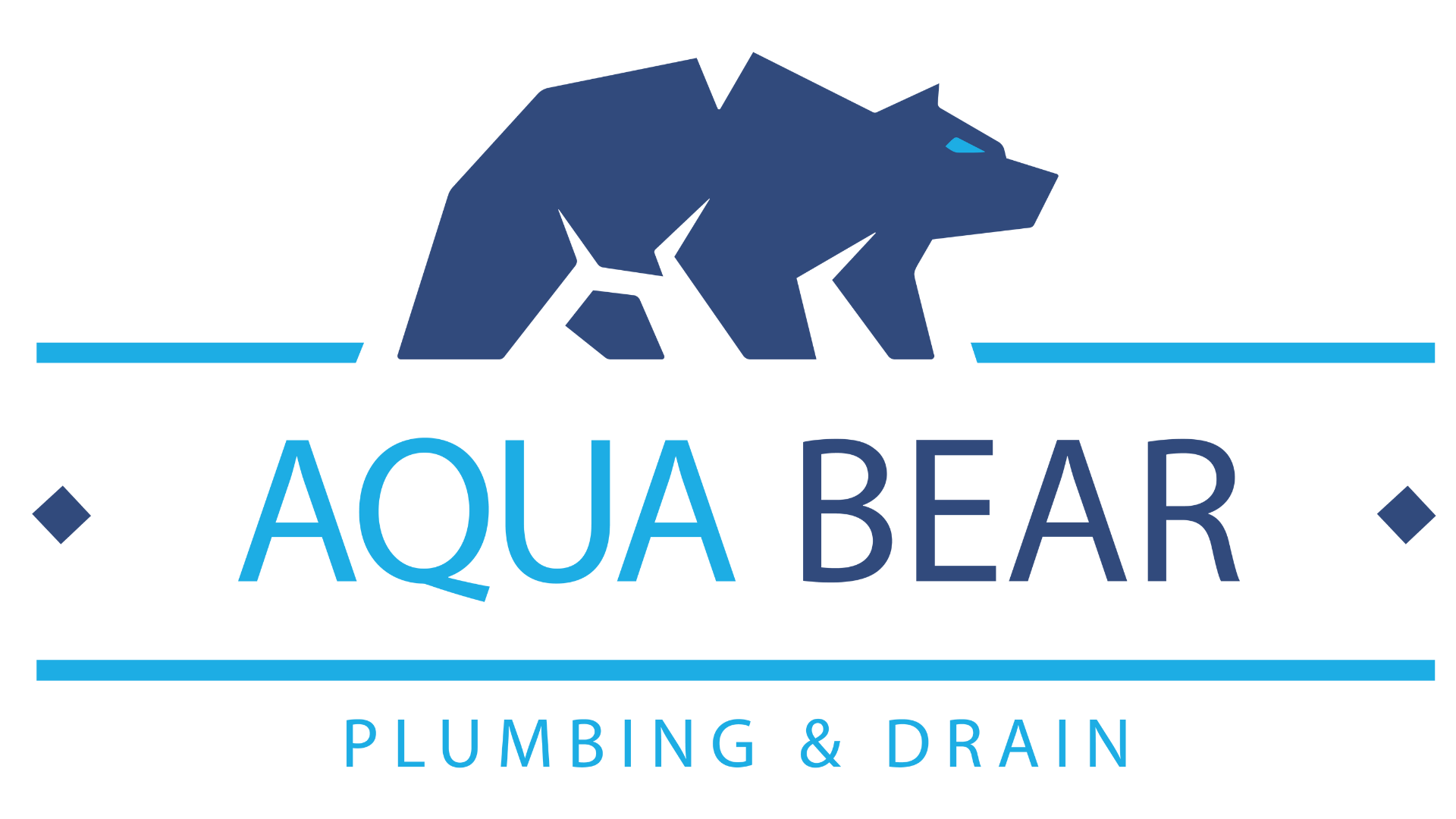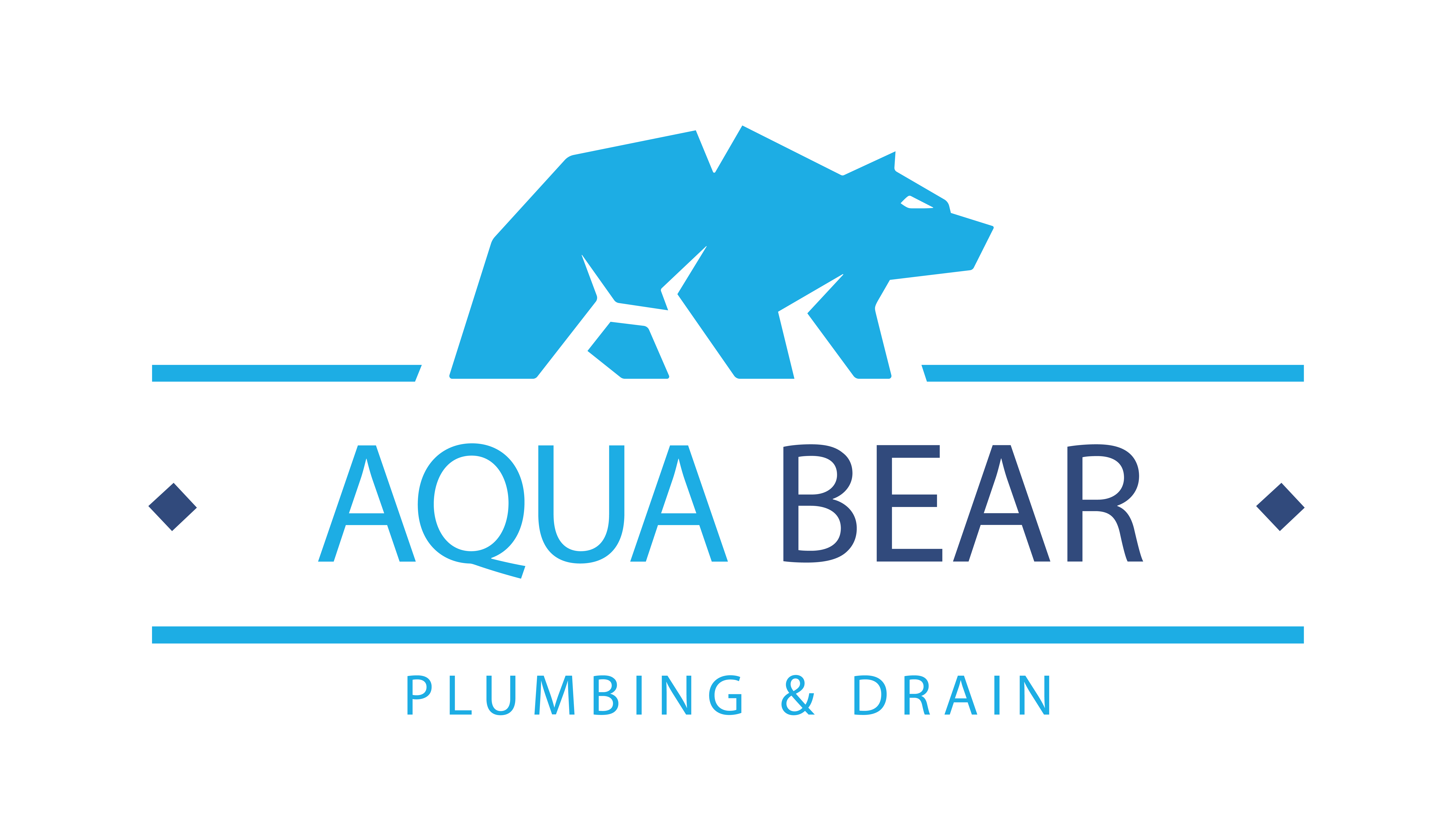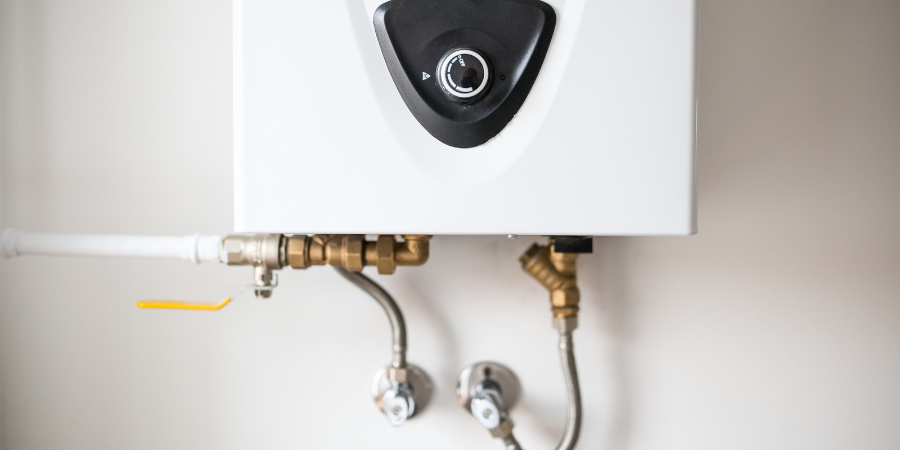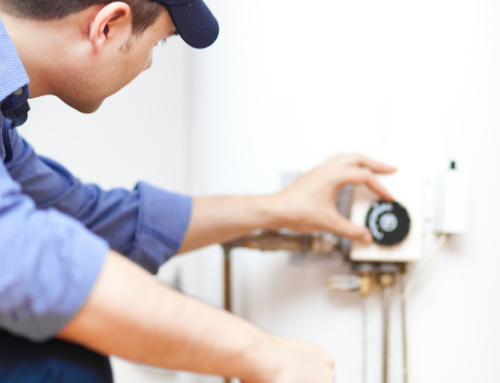In this comprehensive guide, you will learn about the inner workings of tankless water heaters, common problems that can arise, and effective maintenance tips to keep your unit running smoothly. We will delve into the specifics of both gas and electric models, providing you with the knowledge needed to diagnose and address various issues. By the end of this article, you will have a solid grasp of how to troubleshoot tankless water heaters and ensure they operate efficiently.
How They Work
Understanding the basic operation of tankless water heaters is crucial for effective troubleshooting. This section will provide a brief description of how these systems work, their key components, and the differences between gas and electric models.
Tankless water heaters, also known as on-demand water heaters, heat water directly without the use of a storage tank. When a hot water tap is turned on, cold water travels through a pipe into the unit, where a heating element or gas burner heats the water. As a result, tankless water heaters deliver a constant supply of hot water, eliminating the standby energy losses associated with traditional tank-style water heaters.
Components and Their Functions
Tankless water heaters consist of several critical components that work together to provide hot water on demand. Here we will discuss three essential components.
Heat Exchanger
The heat exchanger is the core component, responsible for transferring heat from the energy source to the water. This process ensures hot water is always available when it is needed.
Flow Sensor
Another essential part is the flow sensor. This part detects when water is flowing and is responsible for sending an activation signal to the control board to begin the heating process.
The Control Board
The control board, which manages the system’s overall functions and safety features, is the brain behind the system. If this component malfunctions it will display error codes and will turn the heater off as a protective measure.
Differences Between Gas and Electric Tankless Models
Gas and electric tankless water heaters differ primarily in their energy sources and heating mechanisms.
Gas Models
Gas models use natural gas or propane to fuel a burner that heats the water, making them suitable for households with high hot water demands. They require specialized venting to expel combustion gases that, if not removed, cause safety issues..
Electric Models
Electric models, on the other hand, use electric heating elements to warm the water. They are generally easier to install and do not require venting since gas combustion is absent. They do, however, have higher operational costs since the cost of electricity exceeds that of gas.
Common Issues
Tankless water heaters, while efficient, can encounter various issues that may affect their performance. This section will cover the most common problems, including no hot water, fluctuating temperatures, error codes, and low water pressure.
No Hot Water
One of the most frustrating issues is when a tankless water heater fails to produce hot water. This can be caused by several factors. For gas models, check the gas supply and ensure that the gas valve is fully open. Inspect the igniter to see if it is functioning correctly. For electric models, verify that the circuit breakers are not tripped and that the unit is receiving power. Additionally, a faulty flow sensor can prevent the heater from detecting water flow and initiating the heating process.
Fluctuating Temperatures
Fluctuating water temperatures can be uncomfortable and indicative of underlying issues. Dirty water filters or clogged aerators can restrict water flow, causing temperature variations. Regularly cleaning these components can resolve this problem.
Mineral buildup on the heat exchanger can also impede heat transfer, leading to inconsistent temperatures. Descaling the unit periodically helps maintain efficient operation. Lastly, ensure that the system’s water flow rate matches the household demand to avoid the “cold water sandwich” effect, where bursts of cold water interrupt the hot water flow.
Error Codes
Modern tankless water heaters are equipped with diagnostic systems that display error codes to help identify problems. Common error codes include issues with ignition, water flow, or temperature sensors. Refer to the manufacturer’s manual for a detailed explanation of the codes and troubleshooting steps. In many cases, resetting the unit can clear minor errors. However, persistent or complex error codes may require professional intervention to diagnose and fix.
Low Water Pressure
Low water pressure can affect the performance of tankless water heaters. This issue can be caused by clogged water filters, blocked or restricted water lines, or problems with the municipal water supply. Cleaning or replacing filters and inspecting water lines can often resolve pressure issues.
Additionally, check the inlet filter for debris and ensure that the flow sensor is functioning correctly. If low water pressure persists, consulting with a plumber may be necessary to identify and address broader plumbing problems.
Maintenance Tips
Regular maintenance is key to ensuring the longevity and efficiency of tankless water heaters. This section will provide essential maintenance tips, including the importance of regular inspections, descaling, and cleaning the air intake and exhaust.
Descaling
Descaling is an important maintenance task, especially in areas with hard water. Mineral buildup on the heat exchanger can reduce efficiency and cause overheating. Descale the unit at least once a year to remove mineral deposits. Follow the manufacturer’s recommendations to determine the frequency of when descaling should be done.
Clean Air Intake and Exhaust
Blockages can impair combustion, reduce efficiency, and pose safety hazards. Inspect and clean the vents regularly to ensure proper airflow. Additionally, check for signs of damage or wear in the venting system. Maintaining clean air intake and exhaust systems ensures safe and efficient operation of your tankless water heater.
Importance of Regular Inspections
Conducting regular inspections helps identify potential issues before they escalate into major problems. Check for leaks, corrosion, and unusual noises that may indicate mechanical issues. Regularly inspect the venting system for gas models to ensure there are no blockages or leaks. For electric models, examine electrical connections and components for signs of wear or damage. Regular inspections can prevent costly repairs and extend the life of your unit.
Looking For Tankless Water Heater Maintenance?
Troubleshooting tankless water heaters involves understanding how they work, recognizing common issues, and performing regular maintenance. By familiarizing yourself with the operation and components of your tankless water heater, you can effectively diagnose and address problems such as no hot water, fluctuating temperatures, error codes, and low water pressure. Regular maintenance, including inspections, descaling, and cleaning the air intake and exhaust, is essential for keeping your unit running efficiently.
Staying proactive in maintaining your tankless water heater will not only ensure a reliable supply of hot water but also extend the lifespan of your system, saving you money on repairs and replacements. By following the tips and advice provided in this guide, you can confidently troubleshoot and maintain your tankless water heater.
If you encounter persistent issues or need assistance with maintenance, don’t hesitate to contact Aqua Bear Plumbing and Drain. Scheduling regular maintenance checks and addressing problems early can prevent costly repairs and ensure your tankless water heater operates at peak performance. Invest in the longevity and efficiency of your tankless water heater by staying informed and proactive. Share your experiences and tips with others to help them benefit from the advantages of tankless water heating systems.
